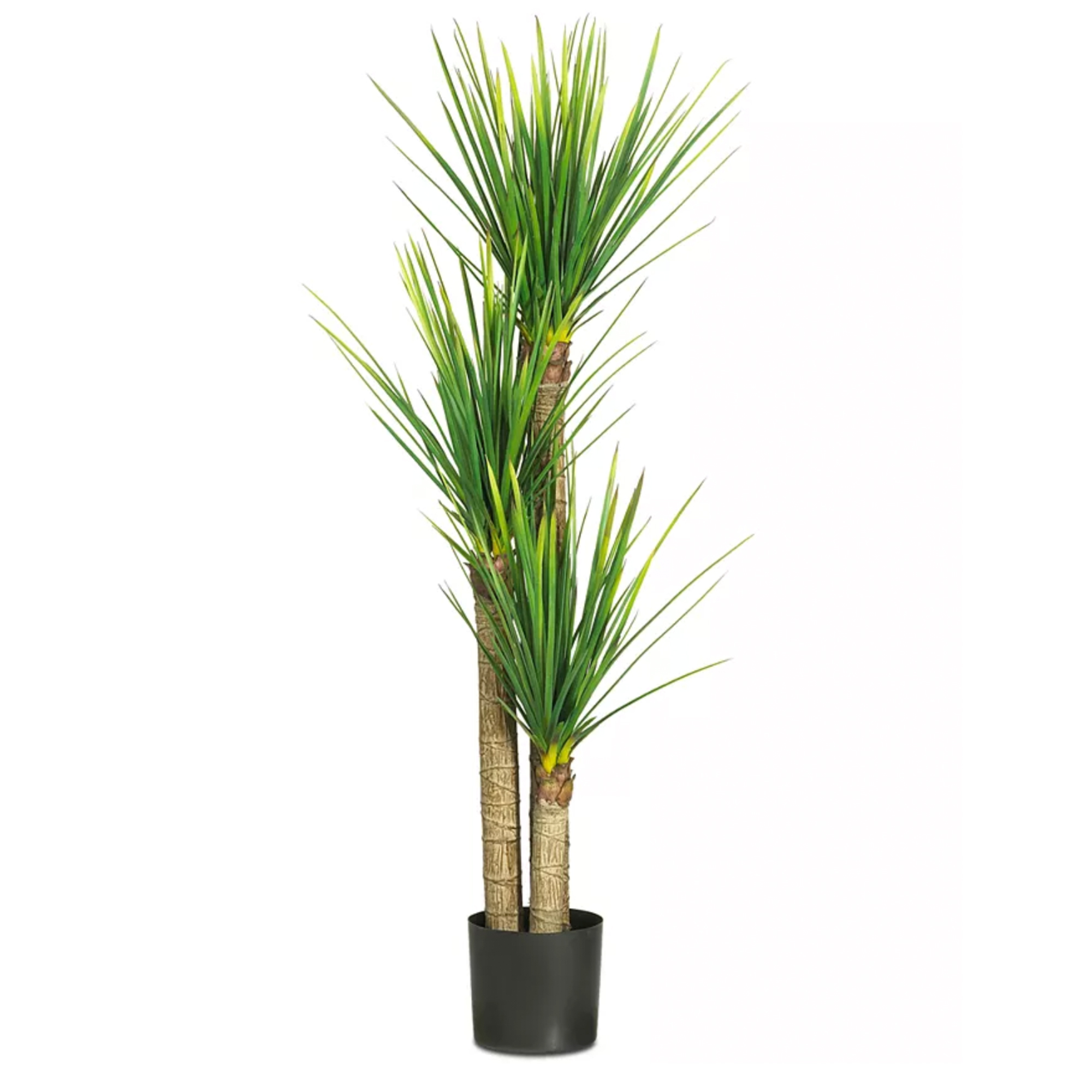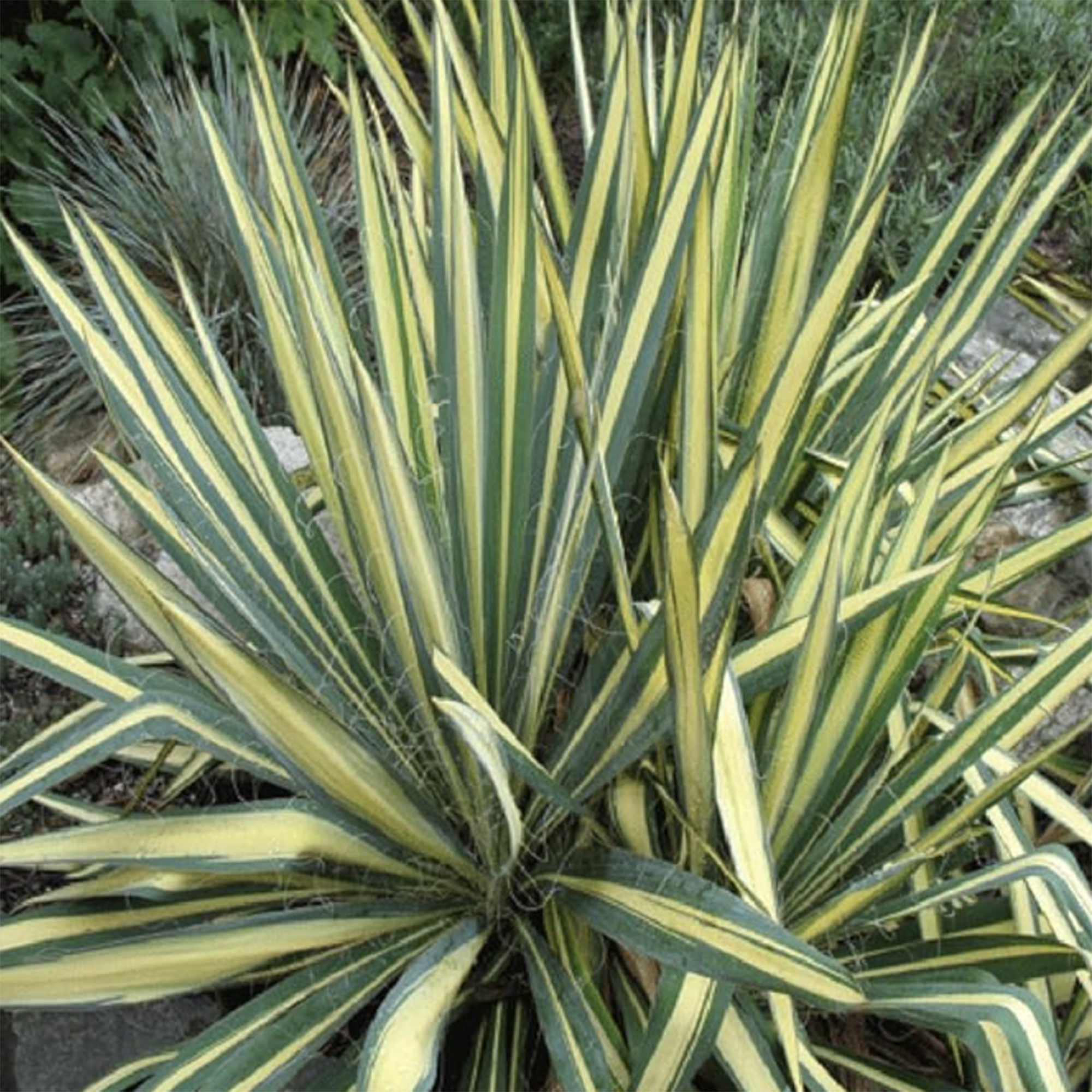Yucca plant care – 4 tips from an indoor plant expert
It takes little effort to care for a plant that is 'the perfect choice for houseplant newbies'
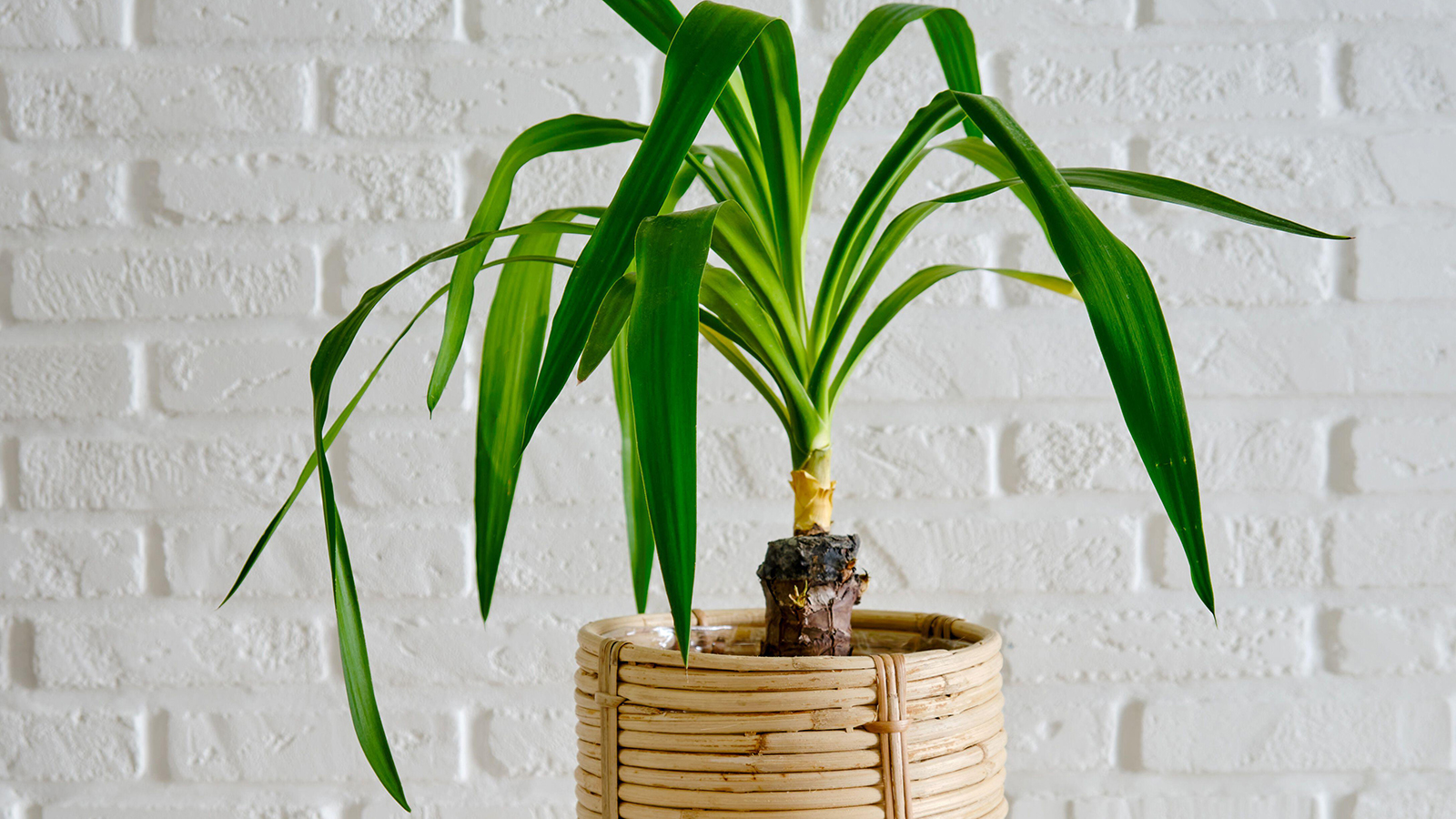

Yuccas are loved for their striking form, which can add a focal point to your indoor plant displays. Their sprays of dark green, spiky leaves shoot up from woody stems. But perhaps the best thing about them is that yuccas are one of the most low maintenance indoor plants you can find.
'The perfect choice for houseplant newbies, yuccas are loved for their architectural shape and easy-going nature,' indoor plant expert, Zia Allaway tells us.
'Mature plants may occasionally flower, with large heads of fragrant, bell-shaped, white blooms appearing in summer. Setting your plant outside during the warmer months may even encourage flower buds to form,' she says.

As tall indoor plants, yucca will be a great focal point
Top yucca care tips for healthy plants
'Including the spineless yucca in any of your indoor garden ideas is very easy, since it tolerates a wide range of light conditions, from full sun to light shade, and copes well in the dry atmosphere in a modern, heated home,' says Zia Allaway.
'Tolerating long periods of drought, it's one of the most easy indoor plants you can grow. It won’t fuss if left unwatered for a couple of weeks – in fact, it prefers a dry soil and one of the few ways you can kill this stalwart is to water it too much.'
'Choose a large, heavy plant pot for tall specimens, which may become top heavy and topple over in a small container,' she says.

Zia Allaway is a garden book author, editor, and journalist. She has also written books for the Royal Horticultural Society and Dorling Kindersley publishers, including Eco-Gardening, Compost, Low Maintenance, Practical House Plant Book, Practical Cactus & Succulent Book, Indoor Edible Garden, What Plant Where, and the Encyclopedia of Plants and Flowers.
1. Give your yucca plant plenty of light
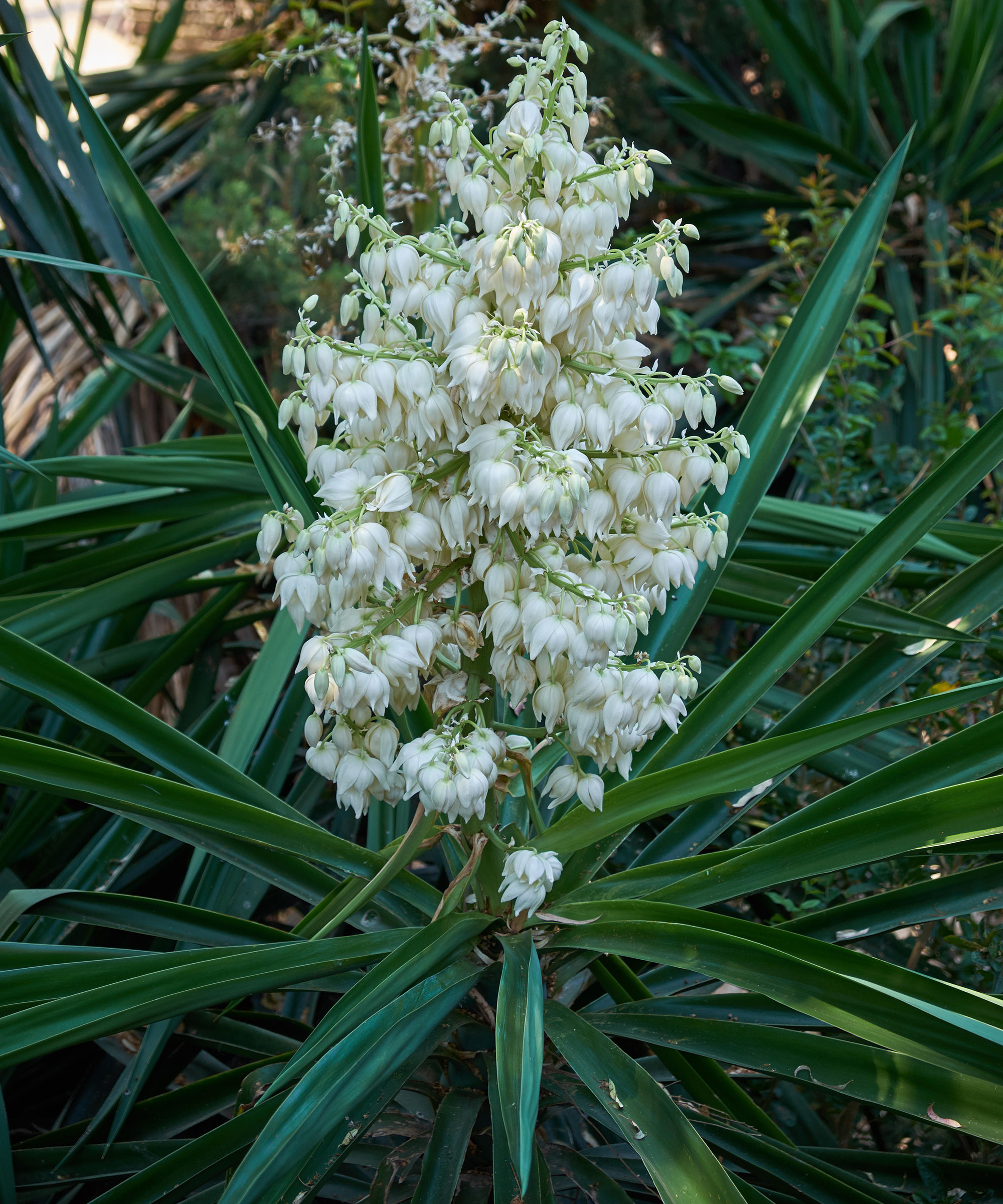
Placing your yucca outdoors in summer may encourage flowers
Zia tells us that unlike many indoor plants, this desert native is happy in bright sunshine, and a spot next to a brightly lit window will suit it perfectly, although it can also cope with slightly lower light conditions. Take care to give it plenty of light in winter too, which may mean moving it closer to a window.
'Yuccas also tolerate the dry atmosphere in a warm, heated room, making them ideal bedroom plants. But avoid growing them as bathroom or kitchen plants where the steamy conditions may encourage fungal diseases to develop on your plant. This sun-lover will also stretch towards the light, so rotate it by 90 degrees every week or two, which will result in more even growth,' says Zia.
Shop yucca plants
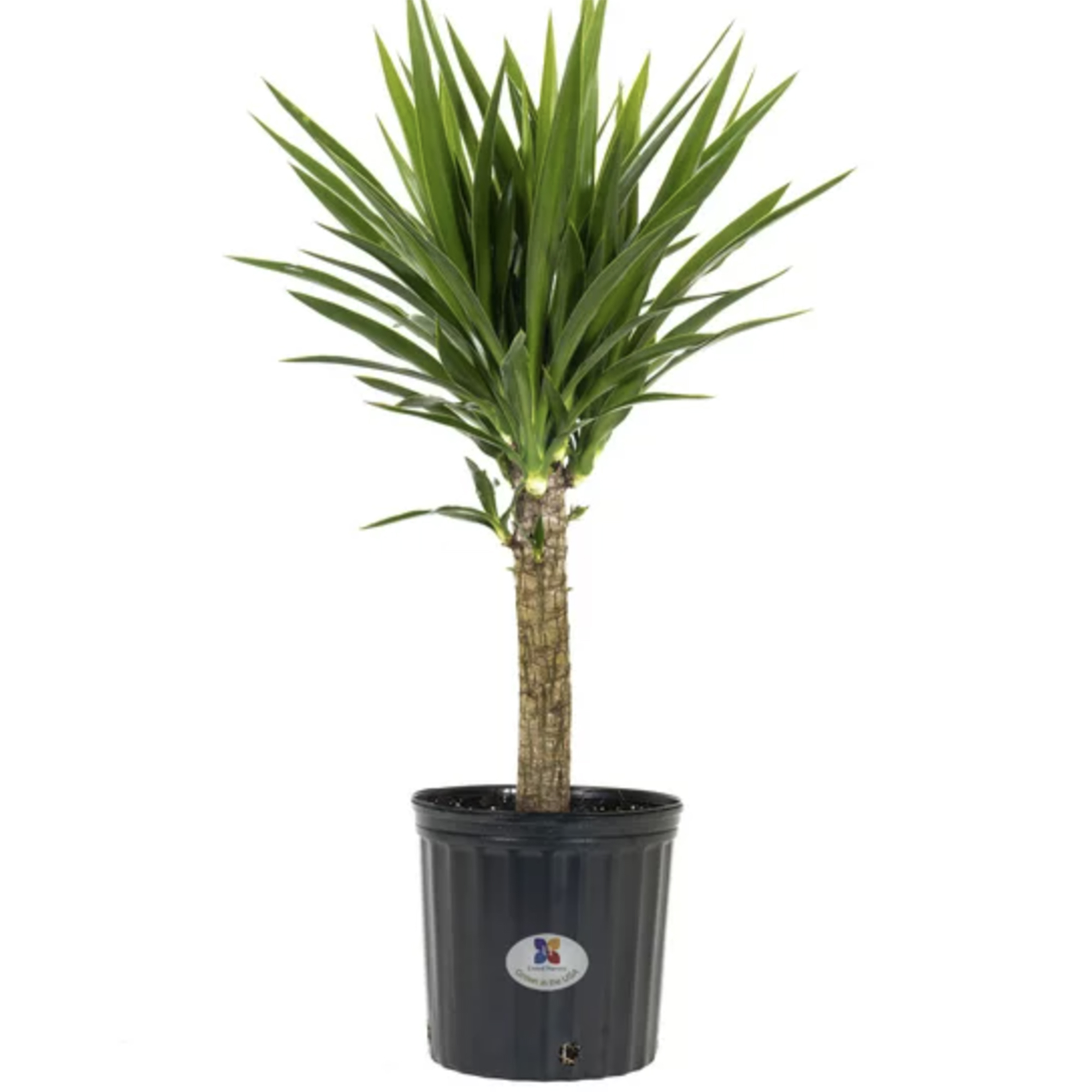
This comes in a 10in growing pot which will need to be repotted when you get it home.
2. Repot root-bound yucca plants
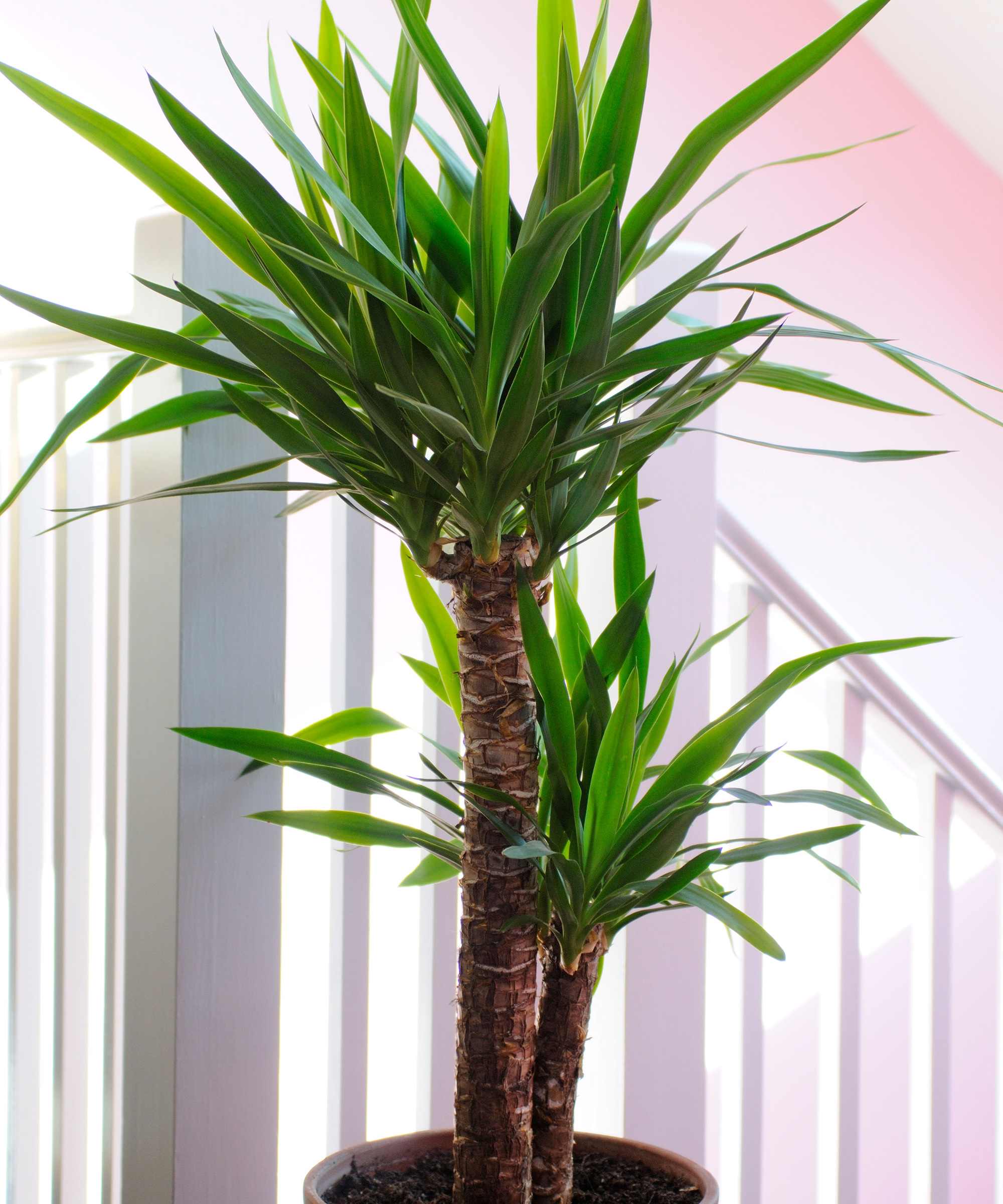
A pot-bound yucca will start showing paler foliage
'One of the most common indoor plant mistakes which can cause all sorts of problems, is allowing your specimen to become root-bound in its pot,' Zia explains.
'The foliage of a root-bound plant may turn pale, as the plant struggles to take up moisture and nutrients. If the roots are coming out of the drainage holes at the bottom of the pot, and when you tip it out, they look like they are forming a tight mass, it’s time to repot your plant,' she advises.
Gently tease out the roots on the outer edges before adding it to a new container. It should be one size larger than the previous one, and Zia recommends a compost consisting of soil and horticultural sand at a ratio of 2:1.
3. Water and feed your plant
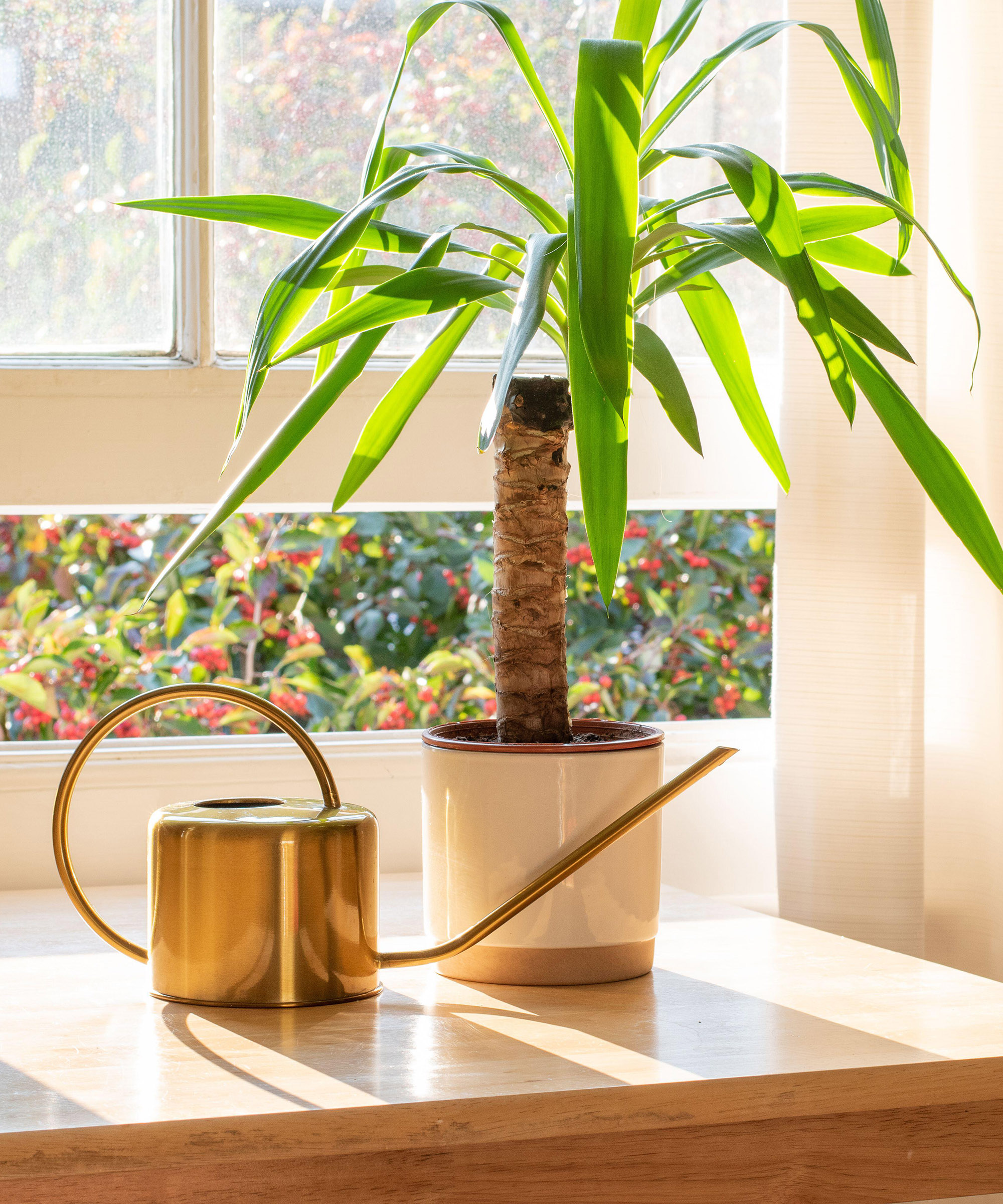
Yucca will prefer to receive too little water than too much
Watering a yucca is easy but it’s always best to give too little rather than too much.
'First, make sure that your plant is in a pot with drainage holes in the base and then slip this into a waterproof container or place it on a pot base. When the top of the compost feels bone dry, take your plant out of its waterproof container and water it over a sink, leaving it on the side to drain before putting it back,' says Zia.
'If your plant is too large to do this, water sparingly, checking after an hour or two afterwards that no water is left in the base of the waterproof pot or saucer. As per succulent care, the roots of a yucca plant won't appreciate this excess moisture which may lead to water-logging and root rot. Reduce watering even further in winter, so that the soil is almost dry.'
'Feed with a half-strength balanced liquid fertilizer once a month from spring to early fall – do not feed your yucca in winter,' adds Zia.
4. Check for pests
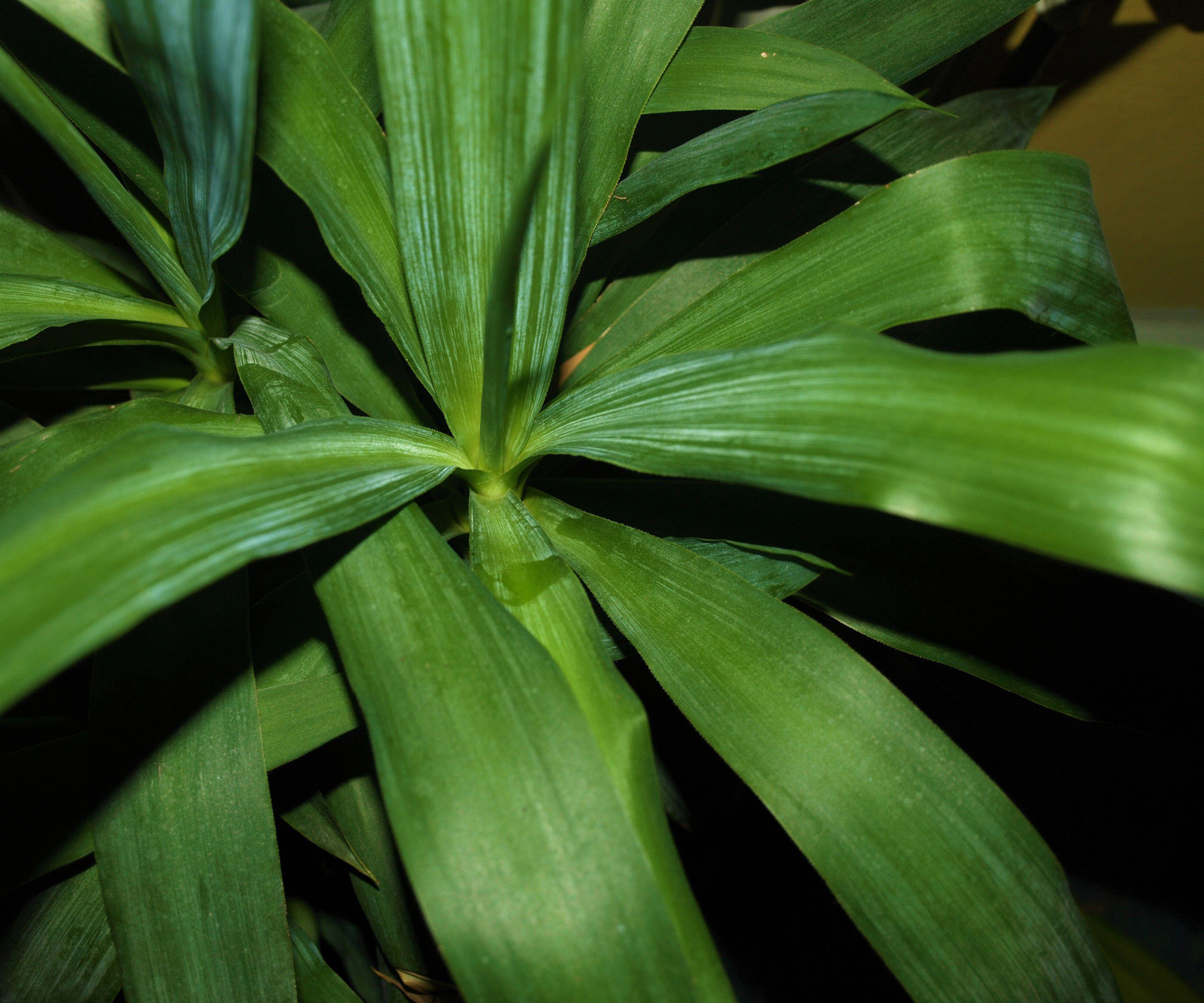
Keep a close eye on the leaves for signs of scale insects
Yuccas suffer from very few pests in general, although it may be attacked by scale insects.
These are fairly common among house plants, including the kentia palm and fiddle leaf fig.
'Check your yucca regularly for the tell-tale signs of these pests, which look like hard little shells covered with a waxy coating. If you cannot wipe them off, try dipping a small paintbrush in methylated spirits and dabbing it gently on the insects to kill them,' says Zia.
FAQs
Do yucca plants clean the air?
'There is little evidence that yucca plants clean the air of toxins, despite many claims online to the contrary,' says houseplant expert Zia Allawy.
'A NASA clean air study in 1989 showed that a selection of houseplants removed some common airborne toxins found in the home, but more recent research found that the original experiment’s laboratory conditions skewed the findings and in an average room, you would need a forest of plants to produce a similar effect,' she says.
Given that plants take in carbon monoxide and produce oxygen as a bi-product, it could be argued that any houseplant may help to reduce levels of toxins in the air, but more evidence is needed to back up the claim that house plants clean the air.
Yuccas make great low maintenance houseplants and actually don't mind being kept in warm rooms, which is something not many houseplants can handle.
Another houseplant which doesn't mind a bit of central heating is a jade plant, which is super easy to care for.
Sign up to the Homes & Gardens newsletter
Design expertise in your inbox – from inspiring decorating ideas and beautiful celebrity homes to practical gardening advice and shopping round-ups.

Teresa was part of a team that launched Easy Gardens magazine two years ago and edited it for some time. Teresa has been a Gardens Editor at Homes & Gardens, Country Homes & Interiors and Living Etc magazine since 2020 and has developed close working relationships with top garden designers, and has been exposed to an array of rich garden content and expertise.
-
 The great bedding debate: top sheet vs no top sheet − which side are you on?
The great bedding debate: top sheet vs no top sheet − which side are you on?I asked an expert panel of bedding designers whether you really need a top sheet to keep clean and cool or if it's just another ploy to make you spend money
By Emilia Hitching Published
-
 Thoughtful modernism – how one Dallas home makes bold contemporary design feel warm, welcoming, and comfortable
Thoughtful modernism – how one Dallas home makes bold contemporary design feel warm, welcoming, and comfortableWith its mix of textural finishes and carefully curated furnishings, this modernist home is a refreshing retreat
By Karen Darlow Published
